There are two types of 3D client, one is the “bulky” client represented by desktop GIS and component-based GIS SDKs. In the past, users favoured such type choosing a 3D client as they offer strong visualization capabilities and impressive effects. However, they had two drawbacks: first, they are hard to update and maintain, as each client requires reinstallation and deployment upon 3D client upgrades; second, they often disconnect with business systems, mainly due to the web-based nature of most systems.
In contrast, the "slim" client, mainly referring to the Web3D client, has its advantages in upgrading and maintenance without the need to install any plugins or applications. The client will automatically update after server updates, and it can be easily integrated with web-based business systems. On the other hand, its drawback is the limited visualization effects.
Therefore, the bulky clients are suitable for visualization and data processing, while the slim clients are ideal for building business management systems. To better satisfy users' demands for both business management and visualization effects, SuperMap made Web3D engine its main focus since 2016 and has been consistently upgrading relevant technologies and products ever since.
SuperMap launched its 3D WebGL client with a new self-developed architecture called "SuperMap iClient3D for WebGL" last year. This year, SuperMap has further upgraded the capabilities of the "SuperMap iClient3D for WebGL 2023" and also launched a brand-new product, the "SuperMap iClient3D for WebGPU (Beta)".
Enhanced Scene Rendering for Visual Effects Closer to Game Engine-Level Rendering
To achieve high-fidelity rendering of 3D scenes, the 3D WebGL client supports various effects, including Physically Based Rendering (PBR) materials, screen-space reflections, depth of field, and more. It also offers a powerful particle system that can simulate weather effects like rain and snow.
This year, SuperMap iClient3D for WebGL 2023 has further optimized the existing capabilities and offers visualizations that are even closer to those seen in game engines (Figure 1, 2).
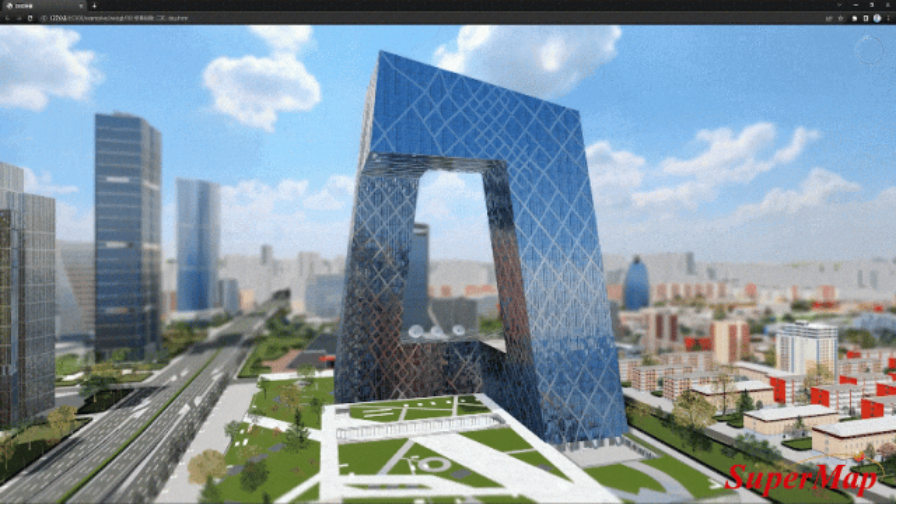
Figure 1: Realistic 3D city scene built based on PBR materials, environment light mapping, and skybox presenting in a background blur expression achieved through depth of field.
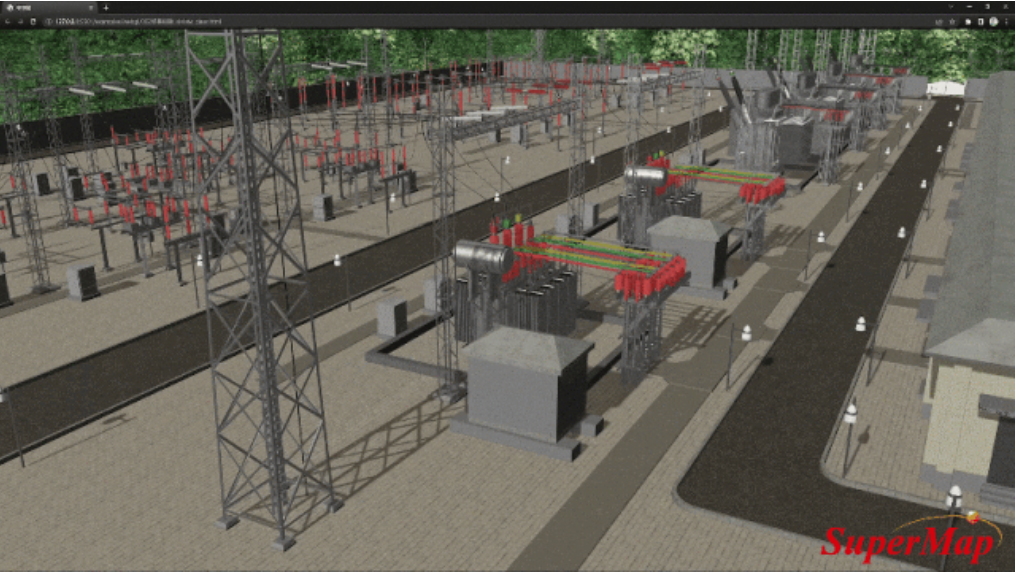
Figure 2: Enhancing scene visualization through real-time shadows, PBR materials, environment light mapping, and skybox.
1. It supports more realistic PBR materials to enhance the overall visualization, making the scenes more authentic and visually appealing.
2. It has optimized the environment light mapping and supports loading environment light maps in HDR (High Dynamic Range) and KTX formats. The optimized environment light mapping allows glass curtain walls to reflect the surrounding real environment as the viewing angle changes.
3. It has improved the anti-aliasing effects, significantly reducing model jaggedness, enhancing data display to further improve the visual effects on large screens.
4. Enhanced shadow effects with real-time shadow support, providing a more natural overall lighting and shadow effect in the scenes.
5. Optimized water surface effects with water surface reflection and refraction functionalities, allowing for the simulation of static water bodies, dynamic water surfaces, rivers, floods, and more (Figure 3).
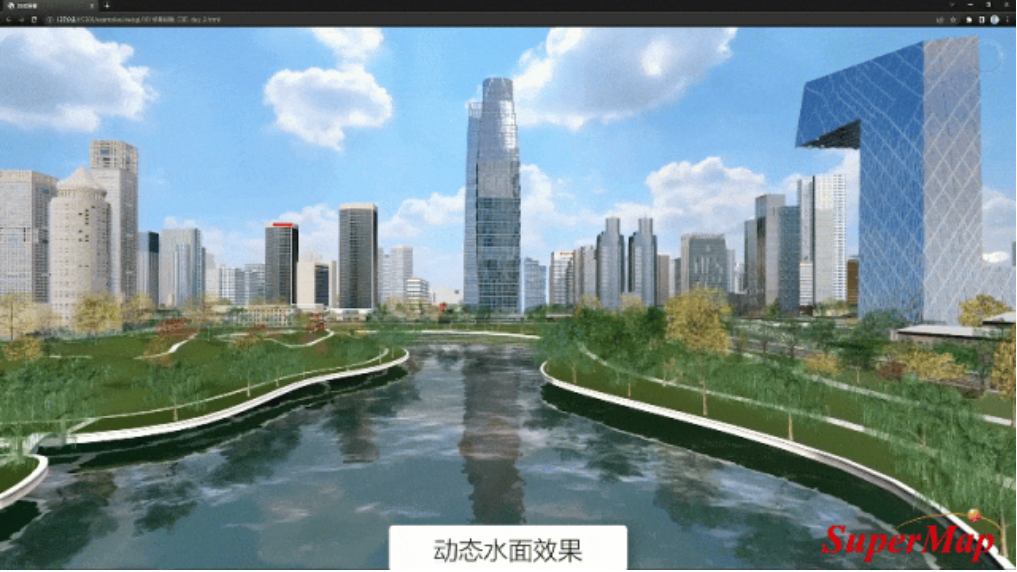
Figure 3: Simulating effects of static water, dynamic water and rivers
Robust Capacity to Handle Massive Data for Smooth Display of City-Scale Large Scenes
Facing increasing heterogeneous 3D data from multiple sources, SuperMap iClient 3D for WebGL 2023 offers powerful capacity to handle large datasets, enabling fast loading and smooth display of city-scale data.
This year, to further meet the business requirements for loading and displaying large datasets in real projects, SuperMap iClient3D for WebGL 2023 has introduced significant improvements in handling massive data, including:
Improving the Loading Performance of TB Level Oblique Photography 3D Models.
By optimizing the spatial indexing loading mode, and model visibility determination algorithm, and refining the data scheduling mechanism, the loading performance of TB level oblique photography 3D models has been significantly improved. Through testing, SuperMap iClient3D for WebGL 2023 demonstrates over a 100% improvement in full frame loading performance and a 30% enhancement in partial loading performance compared to the previous version when handling the same TB level oblique photography 3D model, thus improving user experience in all aspects (Figure 4).
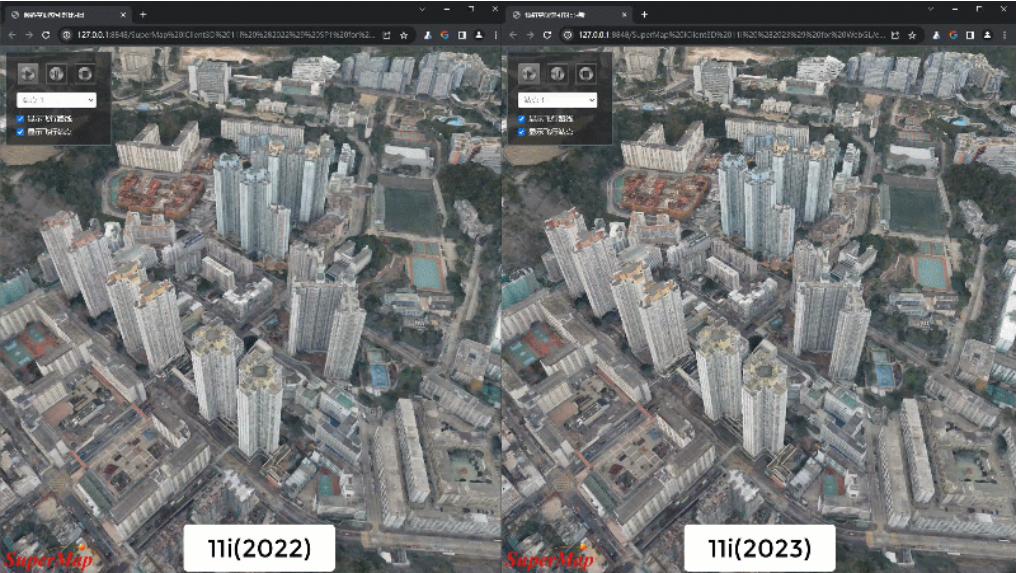
Figure 4: Comparison of the performance of SuperMap iClient3D for WebGL 2022 and 2023 in loading the same oblique photography 3D model.
Improving Loading Performance for Million-Level BIM Components.
By enhancing the object filtering algorithm at the data level and optimizing the data scheduling mechanism and bounding box visibility determination algorithm at the scheduling level, the loading performance of million-level BIM components has been improved. Through testing, SuperMap iClient3D for WebGL 2023 demonstrates an overall loading performance improvement of 30% compared to the previous version for the same dataset containing a million BIM components.
As shown in Figure 5, while the camera moves, architectural, MEP and piping BIM data within the field of view can be displayed smoothly. Furthermore, users can easily inspect the loading status of various data types by controlling the visibility of image layers.
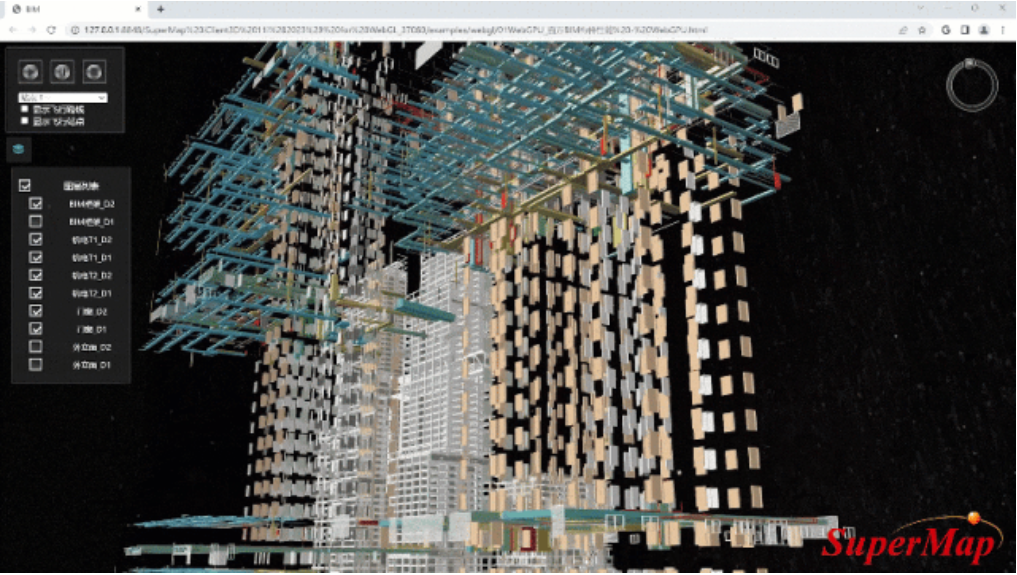
Figure 5: SuperMap iClient3D for WebGL 2023 Supports Smooth Display of Million BIM Components.
Improvement in Loading Performance for City-Scale Detailed Models
SuperMap iClient3D for WebGL 2023 enhances the loading performance of city-scale detailed models through innovative top-level reconstruction technology and refined data scheduling mechanisms. Through testing, SuperMap iClient3D for WebGL 2023 demonstrates over a 100% improvement in full-frame loading performance compared to the previous version for the same city-scale detailed model.
More Comprehensive GIS Analysis and Query Functions Empower Deeper Business Applications
To support the application requirements of 3D integrated mapping of natural resources, digital twin cities, digital twin water conservancy, and other businesses, SuperMap iClient3D for WebGL 2023 offers a wide range of GIS analysis and query functionalities, including distance measurement, Boolean operations, 3D spatial queries, skyline analysis, geological profile analysis, and more.
This year, SuperMap iClient3D for WebGL 2023 newly added support for MVT text underline, enhancing the clarity and loading performance of large-scale MVT text (Figure 6), and it adds the functionality to dynamically switch the display of 3D models of oblique photography in different historical periods (Figure 7), providing technical support for dynamic updating of urban data.
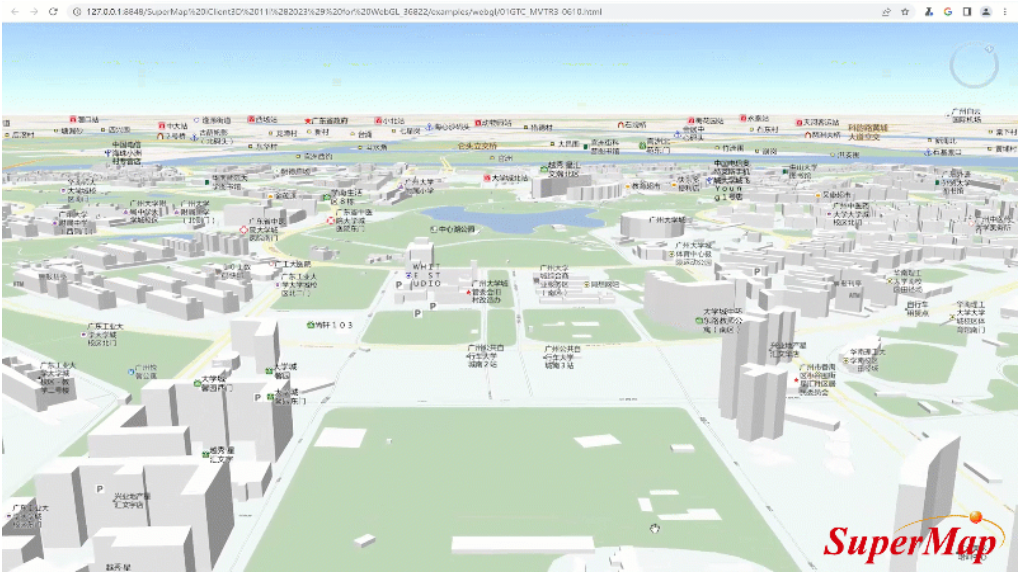
Figure 6: SuperMap iClient3D for WebGL 2023 supports MVT text line marking to improve loading performance.
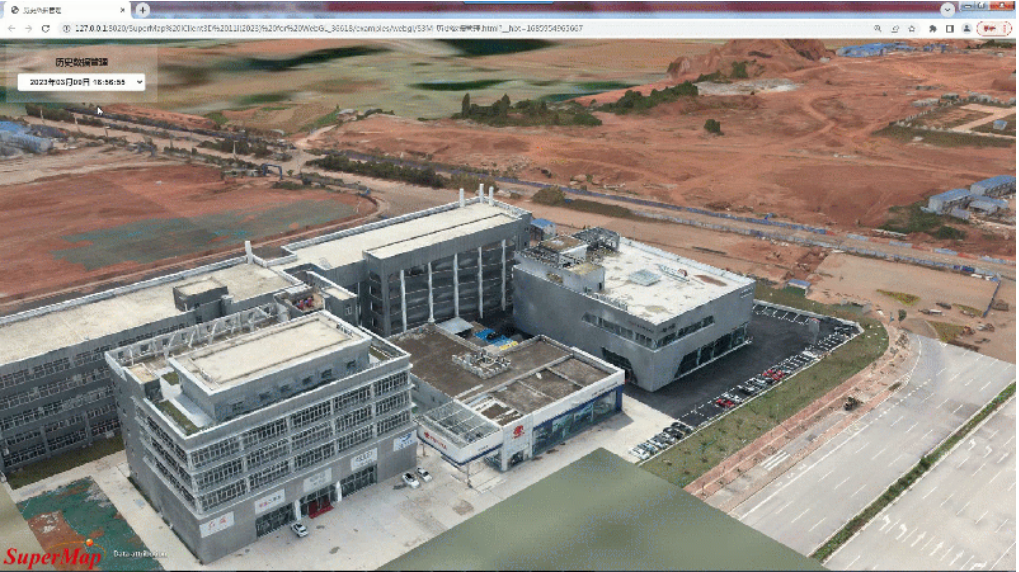
Figure 7: SuperMap iClient3D for WebGL 2023 introduces dynamic switching of display for 3D models of oblique photography from different historical periods.
New Technology Exploration: Brand-New Client Product Based on WebGPU (Beta)
As Web3D engines are increasingly applied in smart parks, smart cities, 3D integrated mapping of natural resources, and so on, users have raised higher demands for their visual effects and rendering performance. Additionally, the introduction of WebGPU technology allows for more efficient utilization of GPU hardware on the web, providing enhanced computational and rendering capabilities.
Driven by both market demands and advancements in web technology, SuperMap has launched a brand-new 3D WebGPU client - SuperMap iClient3D for WebGPU (beta) which offers higher realism in 3D scene representation and stronger capacity for handling massive data. It provides a better balance between visualization and business management requirements. Its main functionalities include:
Multi-source spatial data loading
SuperMap iClient3D for WebGPU 2023 supports the loading of various heterogeneous data sources, including building massing models, city-scale detailed models, oblique photography 3D models, BIM data, point clouds, terrain, and imagery. Moreover, it can demonstrate 30% improvement in rendering performance for city-scale detailed models covering hundreds of square kilometres compared with SuperMap iClient3D for WebGL (Figure 8).
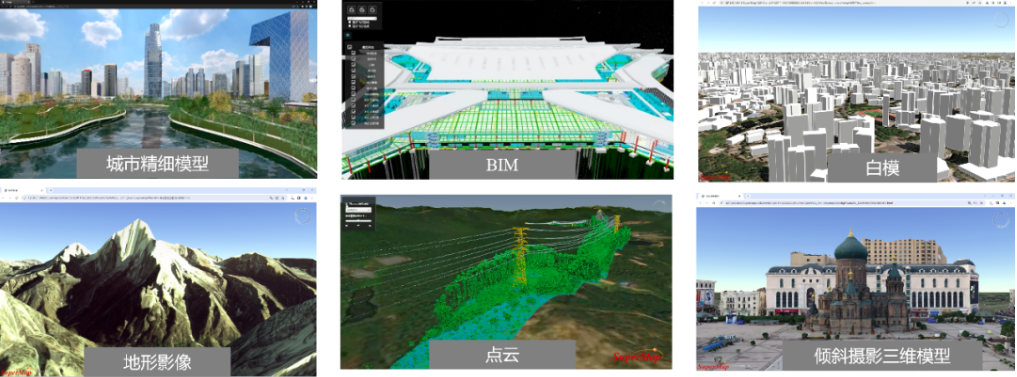
Figure 8: SuperMap iClient3D for WebGL supports loading heterogeneous data from multiple sources.
3D GIS Analysis and Query
SuperMap iClient3D for WebGPU supports video placement, terrain modification, and more than 10 kinds of 3D GIS analysis and query functions such as GPU-based visibility analysis, visual field analysis, skyline analysis, and 3D spatial query (Figure 9).
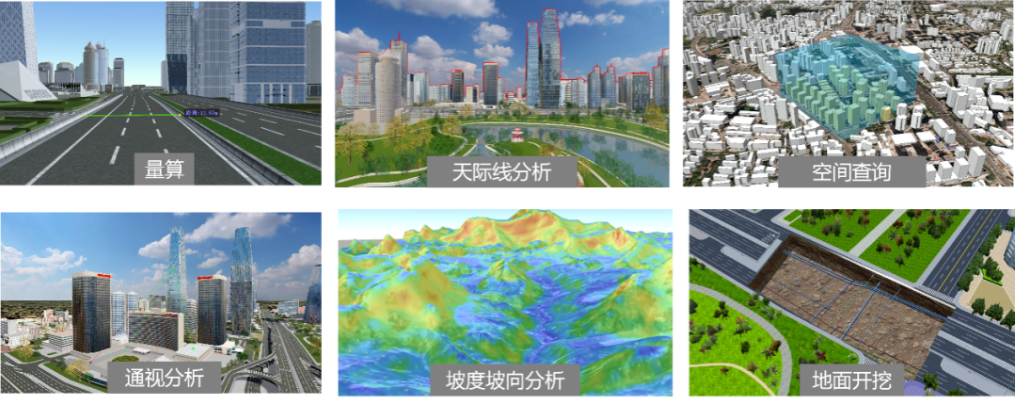
Figure 9: SuperMap iClient3D for WebGPU supports various GIS analysis and query functions.
High-Fidelity Rendering of 3D Geographic Scenes
SuperMap iClient3D for WebGPU supports more realistic PBR materials, real-time shadows, water surface effects, environment light mapping, skybox, crossfading, transparent sorting, and other effects, enabling high-fidelity rendering of 3D geographic scenes (Figure 10).
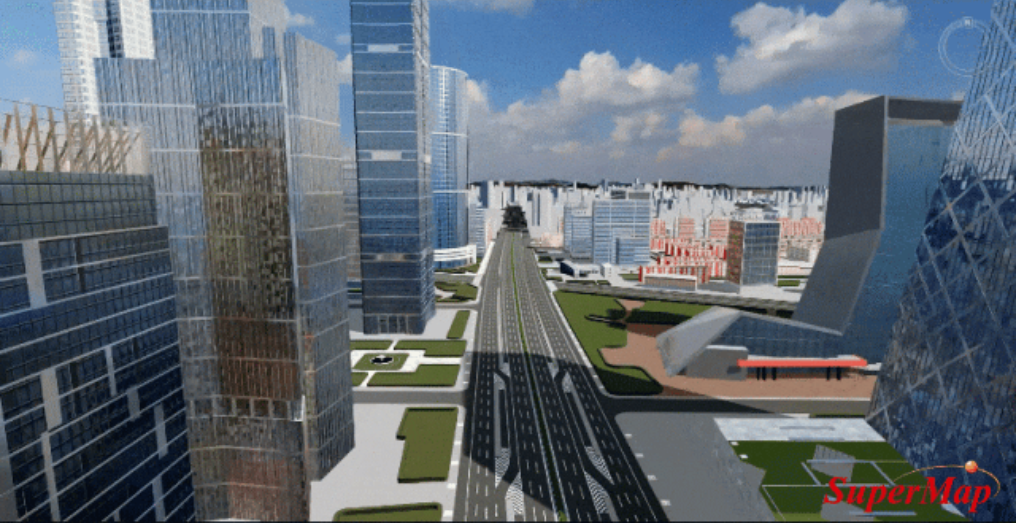
Figure 10: SuperMap iClient3D for WebGPU supports high-fidelity rendering of 3D geographic scenes.
In addition, SuperMap GIS 2023 provides simultaneous support for both WebGL and WebGPU rendering frameworks at the foundational level. This allows users to seamlessly switch between SuperMap iClient3D for WebGL and SuperMap iClient3D for WebGPU with just one click, reducing the migration costs for users.